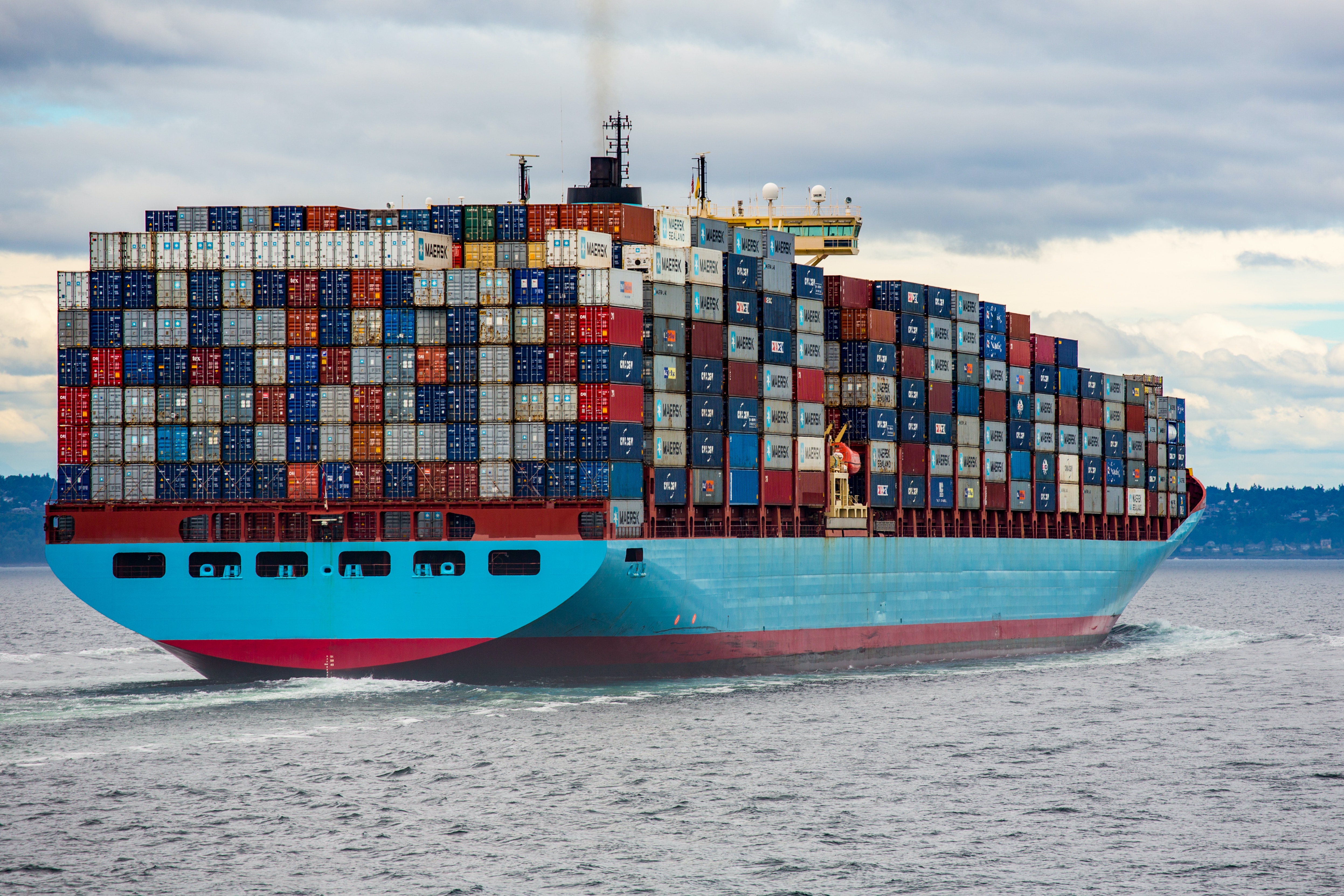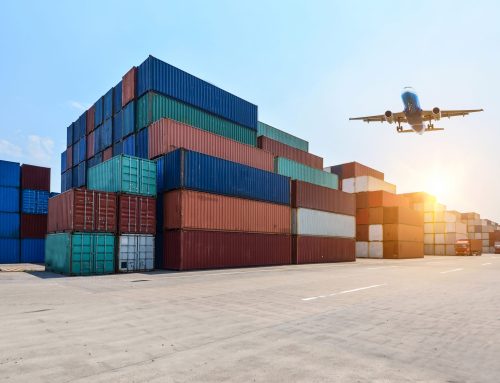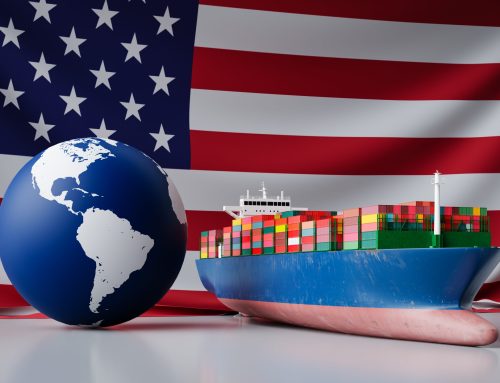Impact on US Imports and Accessibility Challenges
The closure of the Port of Baltimore due to the Key Bridge collapse presents significant challenges for US imports, particularly those destined for the East Coast. As one of the largest ro-ro ports in the United States, Baltimore handles a substantial portion of imports, with approximately 70% of its volume dedicated to inbound cargo. This closure disrupts the usual flow of goods into the region, affecting businesses and consumers reliant on timely imports.
With the port’s container terminals rendered inaccessible by the bridge collapse, importers face a critical logistical hurdle. The inability to unload incoming shipments directly at the Port of Baltimore disrupts supply chain continuity and complicates inventory management for businesses across various sectors.
Impact on Importers:
- Delayed Deliveries: Importers reliant on goods arriving through the Port of Baltimore are likely to experience delays in receiving their shipments. The rerouting of vessels to alternative ports, combined with potential congestion and increased transit times, prolongs the delivery process.
- Inventory Management Challenges: The unpredictability of delivery times and potential congestion at alternate ports pose challenges for importers in managing their inventory effectively. The inability to access goods as planned may disrupt production schedules and impact sales forecasts.
- Increased Costs: Rerouting cargo to alternative ports involves additional transportation expenses, such as trucking or rail fees. Importers may also face higher freight rates due to increased demand for transportation services and potential congestion-related surcharges.
- Supply Chain Disruptions: The disruption in the flow of imports can ripple through supply chains, affecting downstream operations and customer satisfaction. Industries reliant on just-in-time inventory systems or perishable goods may face heightened challenges in maintaining operations.
Addressing Accessibility Challenges:
To mitigate the impact of the Port of Baltimore’s inaccessibility, importers may explore alternative transportation routes and modes. This could involve diverting shipments to nearby ports with available infrastructure or leveraging intermodal transportation solutions, such as rail and trucking, to transport goods to their final destinations.
Additionally, close collaboration and communication with logistics partners and carriers are essential for devising contingency plans and adapting to evolving circumstances. Importers may need to reassess their supply chain strategies and prioritize flexibility to navigate the challenges posed by the temporary closure of the Port of Baltimore effectively.






